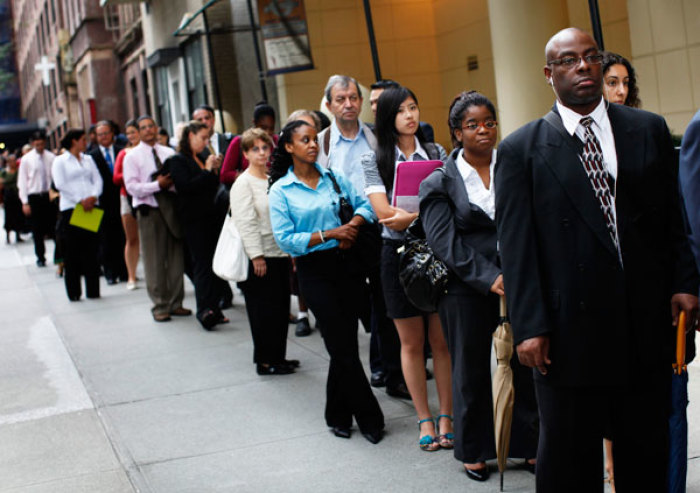US Poverty Rate Drops for First Time in 7 Years; Hispanics See Biggest Increase in Income

The overall poverty rate in the United States dropped for the first time since 2006, with Hispanics being the ethnic group that experienced the most significant change in income.
The U.S. Census Bureau's annual report released Tuesday indicated that the poverty rate among Latinos in 2013 decreased by 2.1 percentage points from the previous year. In addition, income for Hispanic households increased by 3.5 percent between 2012 and 2013 to $40,963.
The Rev. Samuel Rodriguez, president of the National Hispanic Christian Leadership Conference that represents millions of Hispanic Evangelicals, attributed the rise in income to more Latinos pursuing education.
"As a movement committed to 'life' and one that believes that all carry the 'imago dei,' poverty alleviation stands as one of our priorities. ... Accordingly, the census report indicating a drop in the Latino poverty rate speaks to a community reconciling faith with education. By making education a priority, Hispanics stand poised to edify a firewall against multi-generational poverty," Rodriguez told The Christian Post.
In addition, the drop in the Hispanic poverty rate had an affect on overall child poverty figures, as four in 10 poor children are Latino. The rate for children younger than 18 declined from 22 percent to 20 percent between 2012 and 2013, along with the number of children living below the poverty line from 16.1 million to 14.7 million.
"Young Hispanic children are the people who are going to be our future," William Frey, a demographer with the Brookings Institution told the Washington Post. "It's still not as good as we want it to be, but it's inching slowly in the right direction."
While the poverty rate and median income for Latinos saw a change, those figures are still disproportionate to the overall figures across the U.S. The poverty rate in 2013 was 14.5 percent, down from 15 percent in 2012, which accounts for roughly over 45 million people who are living at or below the poverty line.
A family of four was classified as poor if its income was less than $23,830 last year and for one person, the poverty threshold was $11,890.
According to the report, the overall decrease in the poverty rate can be largely attributed to an increase in employment, but median wages have not changed drastically since 2012. The median household income for families was $65,587 in 2013, and $31,178 non-family households.
Asians had the highest median household income in 2013 at $67,065, followed by non-Hispanic whites at $58,270 and blacks at $34,598.
"The typical family has still not seen its income recover from the deep recession, which came on top of a decade in which incomes stagnated for the middle class, itself part of a longer-term trend of increasing income inequality," Jason Furman, the chairman of President Obama's Council of Economic Advisers, told the New York Times.
The report also reflected the percentage of people without health insurance coverage in 2013, which was 86.6 percent, while 13.4 or 42 million people were without coverage for the entire year. Census officials could not compare the 2013 figure to the 2012 one as the survey methodology changed to measure the effect of coverage that began this year under the Affordable Care Act.




























